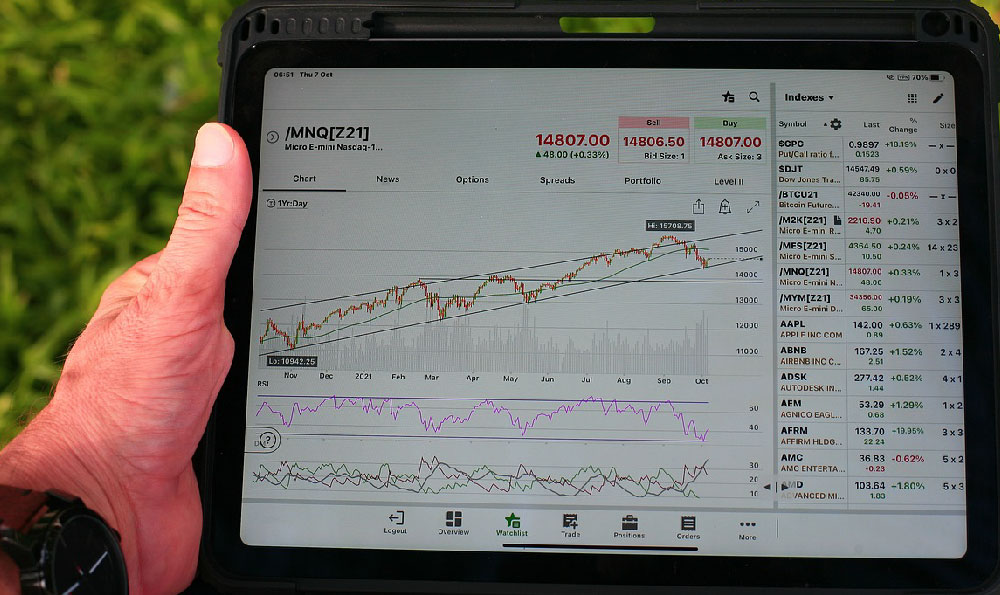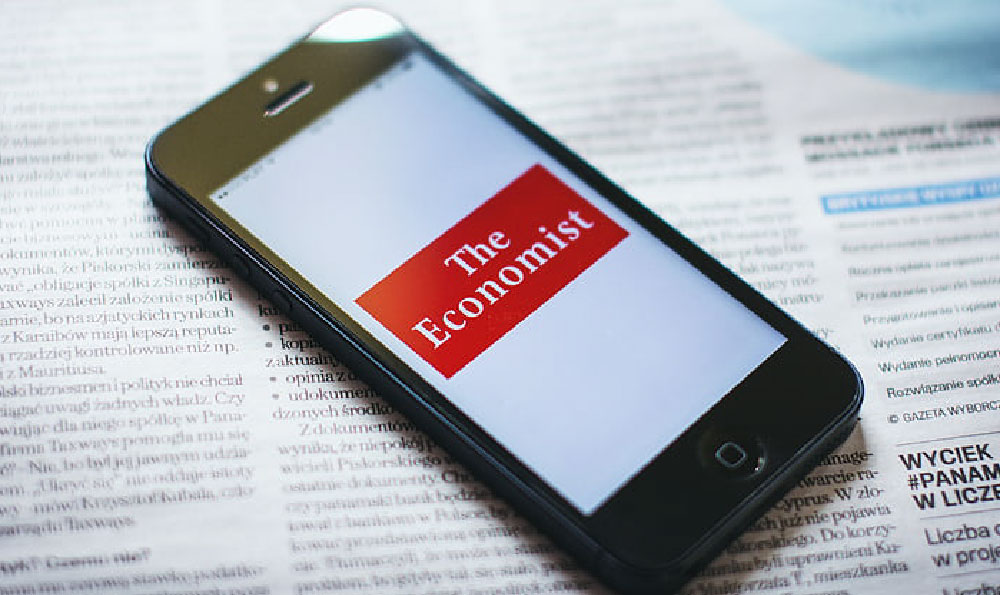Social media influencers have become pivotal figures in today's digital economy, leveraging their online presence to generate substantial income. The methods through which they monetize are as diverse as the platforms they operate on, ranging from direct brand partnerships to innovative revenue streams rooted in audience engagement. Understanding these strategies not only reveals the financial potential of influencer work but also underscores the importance of strategic planning, audience alignment, and platform-specific nuances in achieving sustainable success. As the virtual currency and investment landscape evolves, the intersection between influencer marketing and financial growth is gaining traction, prompting a deeper exploration of how creators can optimize their earning potential in this dynamic space.
One of the most prevalent ways influencers monetize is through brand collaborations, where they partner with companies to promote products or services. These partnerships often manifest as sponsored posts, where influencers receive compensation for integrating a brand's offerings into their content. The value of these collaborations depends on factors such as the influencer's follower count, engagement rate, and audience demographics. For instance, a creator with a highly targeted audience of tech enthusiasts might command higher rates for promoting niche gadgets compared to someone with a broader, less engaged following. Brands typically use metrics like Cost Per Mille (CPM) or Cost Per Click (CPC) to evaluate the effectiveness of such partnerships, but the relationship between influencers and sponsors often involves more than just numbers. Trust, content quality, and alignment with brand values play critical roles in negotiating favorable terms. Additionally, seasonal campaigns or limited-time offers can provide influencers with opportunities to earn more through increased viewer activity during specific periods.
Another significant revenue stream involves affiliate marketing, where influencers promote products and earn a commission from sales generated through their referral links. This model is particularly effective for influencers who maintain a genuine connection with their audience, as authenticity tends to drive higher conversion rates. Many creators use specialized tools to track performance, such as analytics dashboards provided by platforms like Amazon Associates or ShareASale, which allow them to monitor clicks, sales, and earnings in real time. The success of affiliate marketing hinges on the influencer's ability to curate relevant content that aligns with their niche and audience interests. For example, a fitness influencer might focus on promoting workout gear or dietary supplements, while a beauty influencer might prioritize skincare products. It is essential for creators to disclose affiliate relationships to maintain transparency and comply with advertising regulations, as this builds credibility and ensures long-term audience trust.

The rise of virtual currency and blockchain technology has also introduced new avenues for monetization. Some influencers are exploring the integration of cryptocurrency into their revenue models by offering exclusive content or services in exchange for digital payments. This approach not only attracts a tech-savvy audience but also allows creators to diversify their income sources beyond traditional advertising. For instance, platforms like Patreon enable users to support creators through recurring subscription payments, providing a steady income stream based on audience loyalty. Similarly, NFT (Non-Fungible Token) sales have gained popularity, with some creators auctioning digital artworks, virtual items, or exclusive experiences as NFTs. These transactions often occur through blockchain-based marketplaces, which offer transparency and security in the buying and selling process. However, this model also requires creators to navigate the complexities of cryptocurrency volatility, regulatory uncertainty, and the technical aspects of NFT creation and management.
Monetization strategies often extend beyond direct income generation to include indirect benefits such as brand visibility and audience growth. Influencers can create and monetize their own content by selling digital products like templates, guides, or courses. These offerings cater to niche markets, allowing creators to tap into the demand for educational and productivity resources. For example, a content creator specializing in financial literacy might offer free or paid webinars, e-books, or investment courses to their audience. The demand for such content is influenced by factors such as the creator's expertise, the relevance of the subject matter, and the quality of the deliverables. Additionally, influencers can monetize their time by offering personalized services, including consulting, coaching, or mentorship, which provide value to followers seeking expert guidance.
The use of virtual currency as a payment method is also gaining traction in the influencer space. Platforms like BitPay and Coinbase enable creators to receive payments in cryptocurrency, offering advantages such as lower transaction fees and faster cross-border transfers. This is particularly appealing for influencers with global audiences, as it streamlines payment processes and reduces the need for traditional banking systems. However, the acceptance of virtual currency as a mainstream payment method still faces challenges, including regulatory hurdles, price volatility, and the need for infrastructure that supports cryptocurrency transactions. Creators who adopt this approach must also consider the potential risks associated with market fluctuations, as the value of digital assets can change rapidly.
In the realm of social media monetization, content creation remains the cornerstone of success. Influencers who consistently produce high-quality, engaging content are more likely to attract a loyal following and generate higher earnings. The type of content—whether it's educational, entertaining, or inspirational—plays a crucial role in determining the influencer's ability to monetize. For example, a creator who shares in-depth analysis of cryptocurrency trends might attract a niche audience willing to pay for premium insights, while a lifestyle influencer might focus on affiliate marketing or brand partnerships for broader revenue opportunities. The timing and frequency of content also influence monetization strategies, as creators must balance the need to maintain audience engagement with the demands of consistent income generation.
External factors such as platform algorithms and monetization policies significantly shape the financial viability of social media influencers. Changes in algorithm priorities can impact the visibility of content, directly affecting the influencer's ability to attract sponsorships or affiliate sales. For instance, the shift from engagement-based to interaction-based algorithms on some platforms has led to a demand for more authentic and value-driven content. Similarly, platform policies regarding monetization, data privacy, and content guidelines can impact an influencer's earnings and long-term growth. Creators must stay informed about these policies to adapt their strategies accordingly.
The future of social media monetization is likely to be influenced by emerging technologies and evolving consumer behavior. As artificial intelligence and automation become more integrated into content creation processes, influencers may have new tools to refine their targeting, optimize their engagement, and manage their revenue streams more efficiently. For example, AI-driven analytics could help creators identify the most profitable niches, while automated payment systems could streamline the process of receiving income from multiple sources. Additionally, the increasing demand for personalized and interactive experiences is expected to open new avenues for monetization, such as virtual events or exclusive digital memberships.
By understanding the various monetization strategies and the factors that influence their effectiveness, social media influencers can craft a diversified income plan that aligns with their goals and the expectations of their audience. This approach not only maximizes financial potential but also ensures long-term sustainability in an ever-changing digital landscape. As the intersection between social media and virtual currency continues to evolve, influencers who adapt to these trends and maintain a balance between quality content and strategic monetization are likely to thrive.












